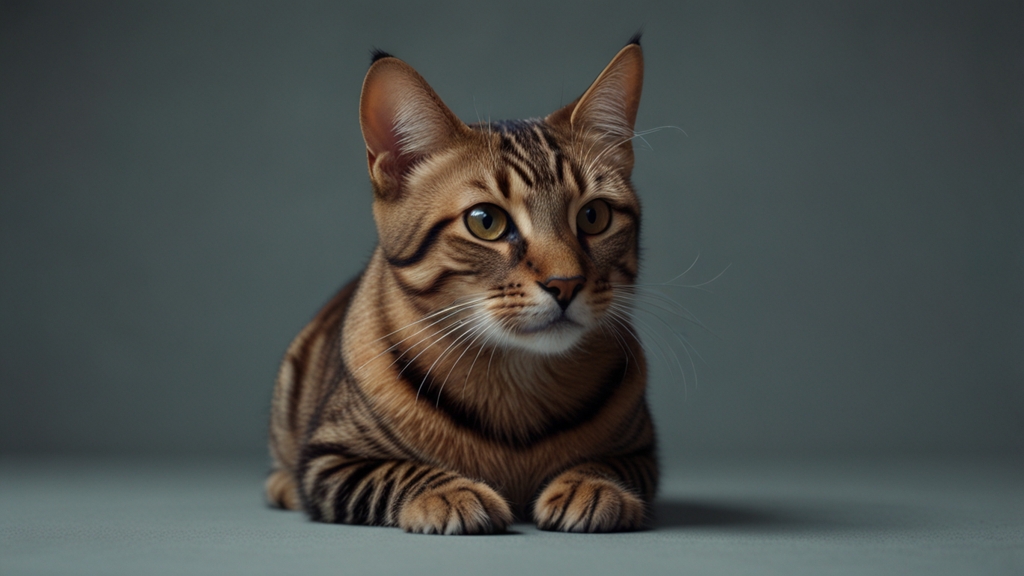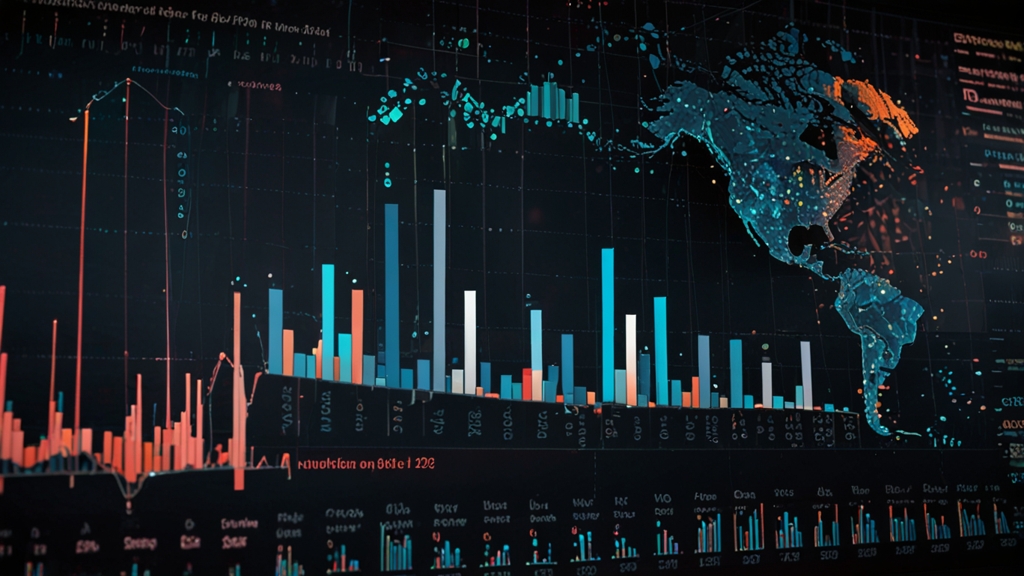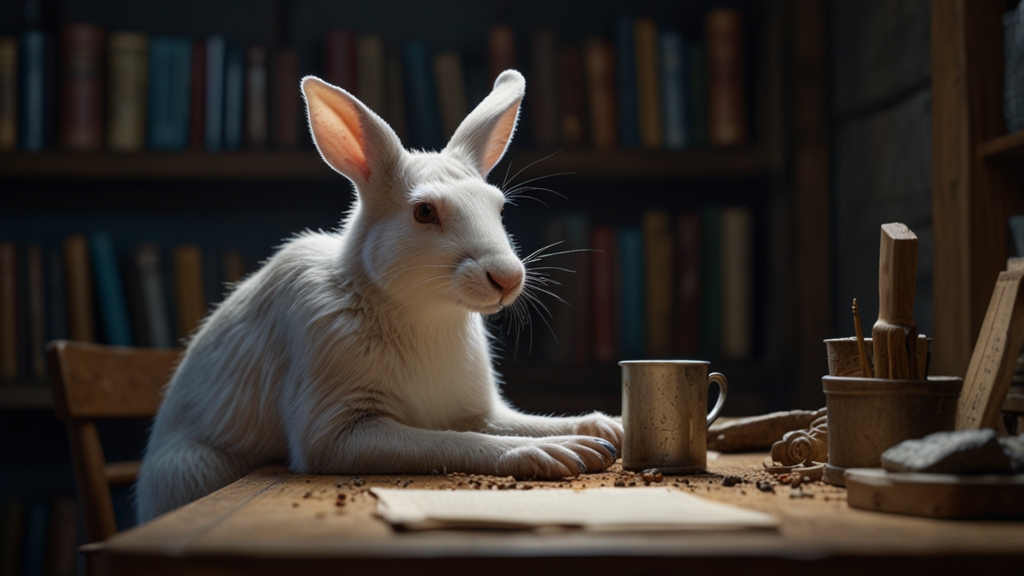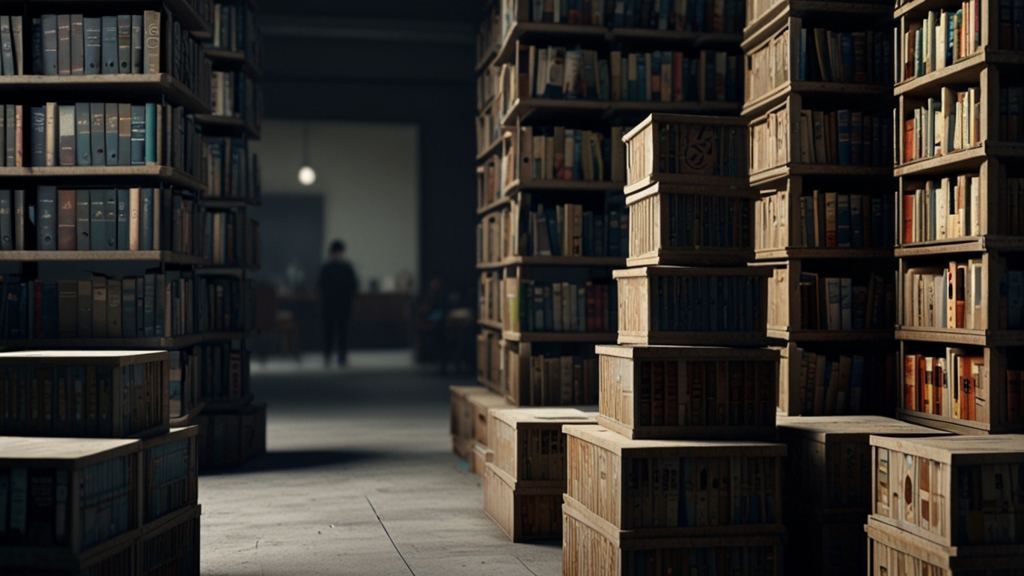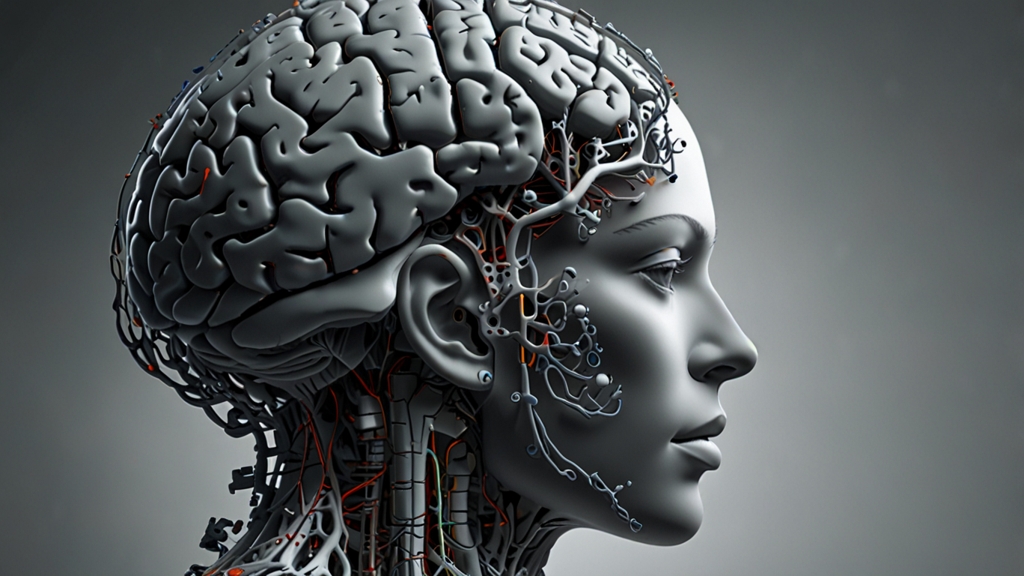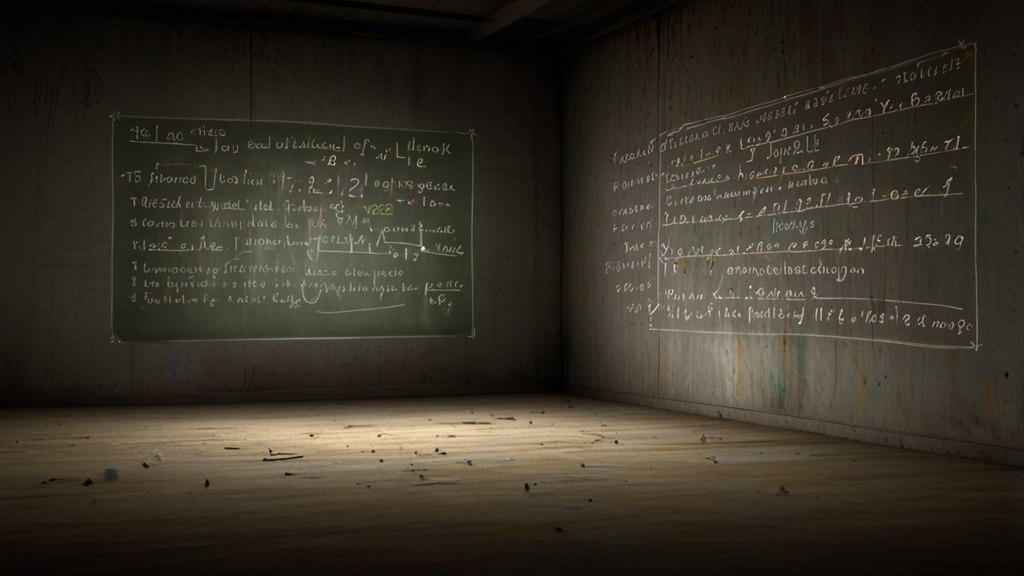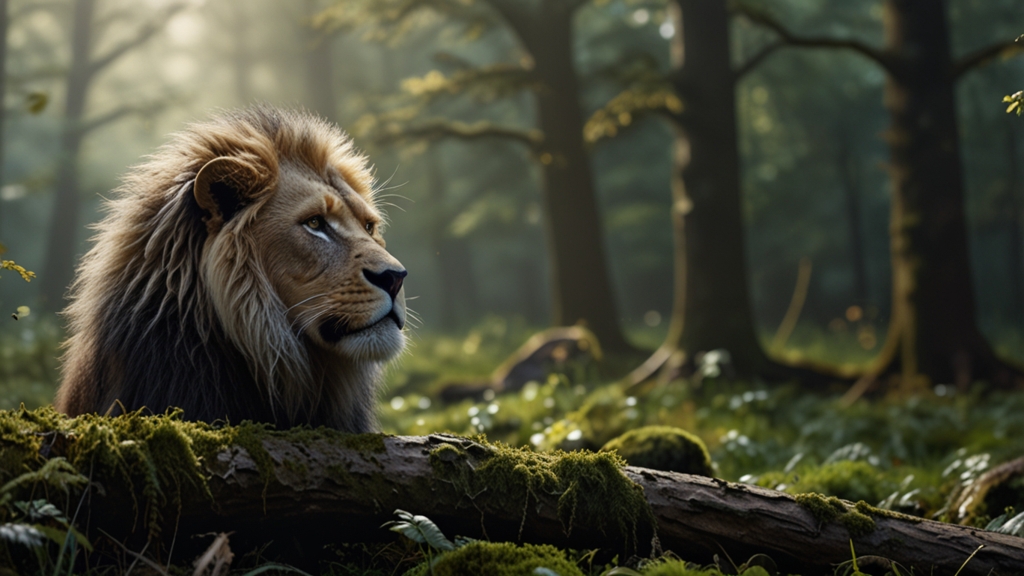Common CSS Properties That Can Transform Your Design Instantly
Cascading Style Sheets (CSS) is the backbone of web design, providing a wide range of properties that control the look and feel of your website. Understanding and utilizing these properties effectively can make a significant difference in the overall design and user experience of your site. Here are some common CSS properties that can transform your design instantly.
1. Color: A Splash of Vibrance
The color property in CSS is used to define the text color of an element. A well-chosen color palette can convey the right mood and tone for your website. Complementary colors can make your text stand out against the background, while analogous colors can create a harmonious look.
A good design is like a refrigerator—when it works, no one notices, but when it doesn’t, it sure stinks. - Irene Au
2. Fonts: Typography Matters
Typography plays a crucial role in the readability and aesthetics of your design. The font-family, font-size, font-weight, and line-height properties give you control over how your text looks.
Utilizing web fonts like Google Fonts can bring a unique character to your design. For instance:
font-family: 'Roboto', sans-serif;
font-weight: 400;
3. Margin and Padding: Spacing Matters
Proper spacing can make or break your design. The margin and padding properties control the space outside and inside an element, respectively.
Consider the following example:
margin: 20px;
padding: 10px;
Applying consistent spacing can instantly make your layout look clean and organized.
4. Backgrounds: Layers of Depth
The background property can be used to add color, images, gradients, and even videos to your elements. Backgrounds can dramatically change the feel of your website, providing depth and context.
For instance, a subtle gradient can add a modern touch:
background: linear-gradient(to right, #ff7e5f, #feb47b);
5. Box Shadows: Adding Depth
The box-shadow property adds shadow effects around an element's frame. This can create a three-dimensional effect, making elements pop out of the screen.
Example:
box-shadow: 0px 4px 6px rgba(0, 0, 0, 0.1);
Box shadows can be subtle or dramatic, depending on the look you're going for.
6. Transitions and Animations: Captivating Movement
Transitions and animations can bring your design to life. The transition property allows elements to change properties smoothly over a specified duration.
Example:
transition: all 0.3s ease-in-out;
This can be combined with :hover effects to create interactive elements:
hover { transform: scale(1.1); }
Design is not just what it looks like and feels like. Design is how it works. - Steve Jobs
7. Flexbox and Grid: Simplifying Layouts
Creating responsive and complex layouts is significantly easier with Flexbox and Grid. These properties provide powerful tools for arranging elements efficiently.
Using Flexbox, you can easily center content:
display: flex;
justify-content: center;
align-items: center;
Grid, on the other hand, is perfect for creating structured layouts:
display: grid;
grid-template-columns: repeat(3, 1fr);
Conclusion
CSS offers a myriad of properties that can instantly transform your design. By effectively utilizing these properties, you can create a visually appealing and user-friendly website. Whether it’s adding spacing, enhancing typography, or animating elements, these CSS properties are essential tools for any web designer.
Good design is obvious. Great design is transparent. - Joe Sparano
Experiment with these properties, combine them in creative ways, and watch your design come to life!
